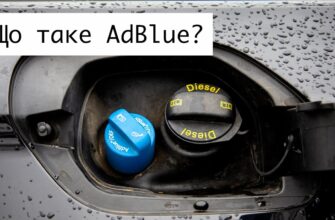Rubber hoses with a reinforced layer are intended for transporting bitumen through the pipeline. They withstand heavy loads, high temperatures and stand in the company "Zavod Ukrguma" https://укррезина.com.ua/g37697414-bitumnye-rukava inexpensively, Therefore, they are used at least 6 areas. Bituminous sleeves are indispensable in the construction of the road, roadway repair, installation of waterproofing. They produce hot mix asphalt., which is then used for laying the bottom layer and the top coat. They are relevant for roofing, formation of a protective cover to prevent corrosion, used in heavy industry for drilling gas or oil wells.
5 bitumen hose storage recommendations
Sleeves must be stored in a covered warehouse, without penetration of solar radiation, which can damage the rubber layer, at temperatures from -25°C to +25°C.
Before laying, the bitumen hoses must be straightened and positioned so, so that the minimum distance to the floor is 50 mm.
There should be no appliances near the products, radiating heat at a distance of at least 1 m.
Avoid contact with oils, gasoline, chemicals and vapours., that damage the rubber.
Bitumen hoses do not ignite under direct fire, but smolder, However, in room, where they are stored, fire safety regulations must be observed.
The subtleties of using inexpensive bitumen sleeves
During operation, it is necessary to take into account the technical parameters of the products. Bitumen hoses must not be pressurized 7,5 MPa and operate at temperatures from – 40° C to + 45°C.
If the products are used to connect to appliances, then their ends are additionally equipped with flange connections, which are inexpensive. For this purpose, detachable connecting elements are used., and in order to ensure tightness during docking, gaskets should be taken.
When choosing hoses, it is important to pay attention to the markings., which is applied to the surface in the form of a red stripe with broken signs. Such a symbol allows you to find out the size, production date and compliance with the generally accepted marking TU2554-187-05788889-2004. Despite strict observance of production regulations and impeccable quality, these products are cheap.
Sleeves of this type are not suitable for pumping substances under pressure.. They can be purchased inexpensively only for bitumen, which is highly viscous and does not penetrate through the inner layer. Gas and liquid are substances, that easily pass through the metal braid, therefore, other types of sleeves must be used for their transportation.











